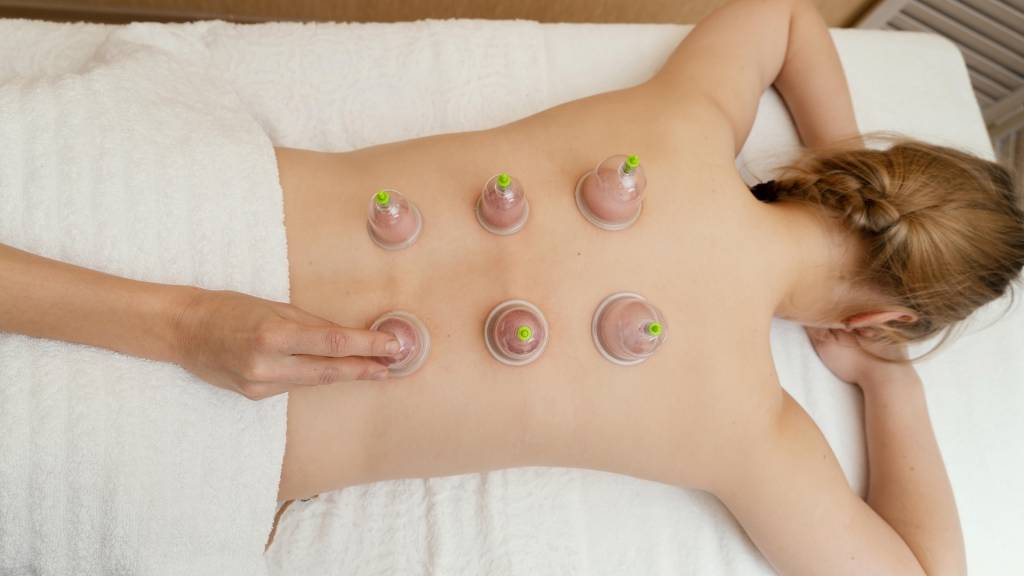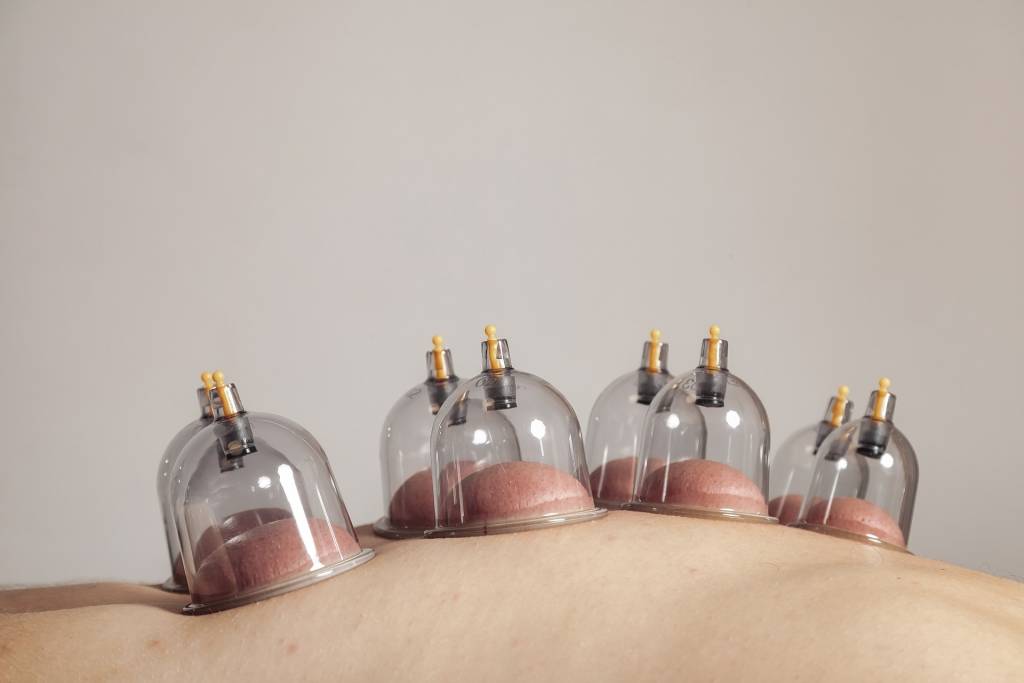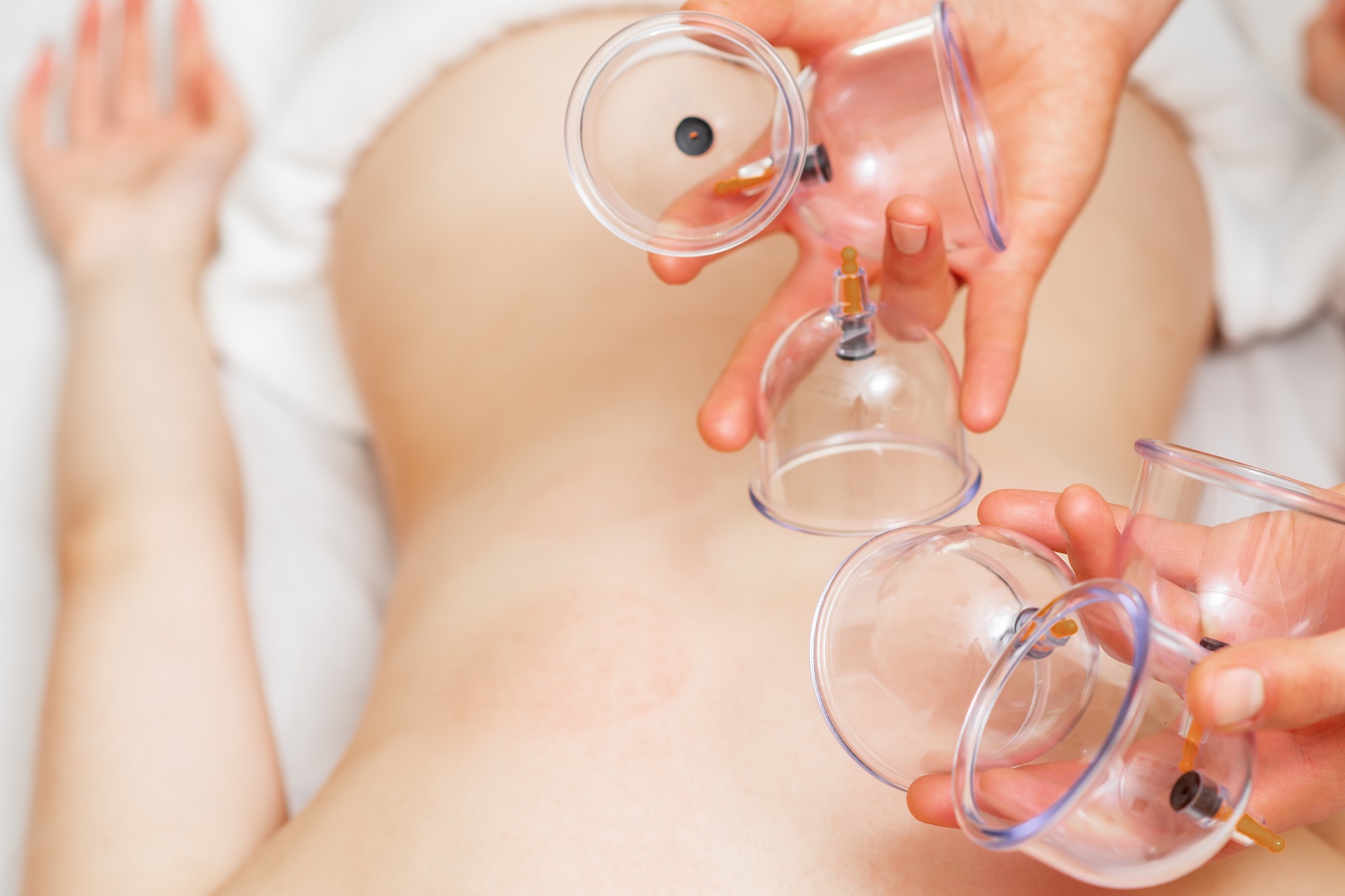Cupping therapy massage is a traditional therapeutic technique that involves placing cups on the skin to create suction. It has been used for thousands of years in various cultures, including China, Egypt, and the Middle East. The cups used in this therapy are typically made of glass, bamboo, or silicone and can be of different sizes. During a cupping therapy massage session, the therapist creates suction by placing a flammable substance, such as alcohol-soaked cotton balls, inside the cup and then quickly placing it on the skin. As the air inside the cup cools down, it creates a vacuum, which causes the skin to rise and redden. The cups may be left in place for a few minutes or moved around the area to enhance the treatment.
There are several potential benefits of cupping therapy massage. It is believed to help increase blood flow to the treated area, stimulate the flow of energy, and promote the release of toxins from the body. Cupping therapy is also thought to help relax muscles, alleviate pain, improve digestion, and boost the immune system. Some people also use cupping therapy as a form of deep-tissue massage to relieve tension and promote relaxation.
Cupping therapy massage can be used to treat a variety of conditions. It is commonly used to relieve muscle pain and stiffness, particularly in the back, neck, and shoulders. Cupping therapy can also be effective in reducing inflammation, promoting healing in injured tissues, and relieving respiratory conditions such as asthma and bronchitis. Additionally, cupping therapy is believed to have a calming effect on the nervous system, making it a popular choice for stress relief and relaxation. While cupping therapy massage is generally considered safe, there are a few precautions to keep in mind. It is important to consult with a trained professional before undergoing cupping therapy, particularly if you have any underlying health conditions or are taking medications.
Some people may experience temporary redness, bruising, or soreness after a cupping session, but these effects usually subside within a few days. In conclusion, cupping therapy massage is an ancient therapeutic technique that involves placing cups on the skin to create suction. It has been used for centuries to relieve muscle pain and stiffness, promote healing, and improve overall well-being. While more research is needed to fully understand the mechanisms behind its effectiveness, many people find cupping therapy to be a valuable addition to their wellness routine.
BENEFITS OF CUPPING THERAPY
There are several potential benefits associated with cupping therapy massage. These include
1. Pain relief: Cupping therapy can help alleviate muscle and joint pain by increasing blood flow to the affected area, reducing inflammation, and releasing tension in the muscles.
2. Improved circulation: The suction created by the cups increases blood and lymphatic circulation, which can help promote healing and improve overall health.
3. Reduced muscle tension: Cupping therapy can help release tight muscles and knots by stretching and loosening the fascia and connective tissues.
4. Detoxification: Through the increased blood and lymphatic circulation, cupping therapy can aid in the removal of toxins and waste products from the body.


5. Enhanced relaxation and stress relief: Many people find cupping therapy to be deeply relaxing, as it can help reduce stress and promote a sense of calm and well-being.
6. Improved immune function: By stimulating the lymphatic system and promoting detoxification, cupping therapy can enhance the body’s immune response and overall immune function.
7. Improved skin health: Cupping therapy can help improve the appearance and health of the skin by increasing blood flow, reducing cellulite, and promoting collagen production.
It is important to note that scientific evidence for the efficacy of cupping therapy is limited, and individual experiences may vary. It is always advisable to consult with a qualified healthcare professional before trying any new therapy or treatment.




